
NASA Study Says These 8 Houseplants Help Detoxify Your Air
Sign me up!!
If you guys have been following me at all on Instagram where I have perfected the fine art of pointing to words that magically appear on screen, you should be aware of a few things that have been on my mind lately:
➔ Toxins Are The Devil
➔ Everyone Should Be Playing Tennis
➔ Tennis Pajamas Are Queen
In reference to the toxin issue, I found a study funded by NASA to figure out ways to improve the air quality inside of sealed space stations. Those wild and crazy astronauts!! The reason this is relevant to earthlings is because the EPA (Environmental Protection Agency) notes that airflow in your home is a big contributor to indoor air pollution. The off-gassing, aka release of toxins found in materials on furniture, carpets, drapes, mattresses and walls creates a significant body burden of toxin accumulation.
In addition to air purifiers, a cheap, effective solution to poor indoor air quality is — houseplants! Sexy I know. NASA’s Clean Air Study reported that plants can absorb pollutants like benzene, trichloroethylene, formaldehyde, xylene, toluene and indoor carbon dioxide AND release oxygen into the environment. Win-Win!
Here are the 8 best detoxifying plants according to NASA and some tips for not killing them. I’ll let you know how long it takes me to choke these “detoxifying plants” to death.
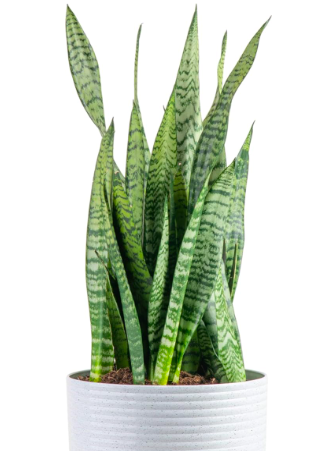
Snake Plant
Water once a week, let soil dry between waterings and keep by a window.
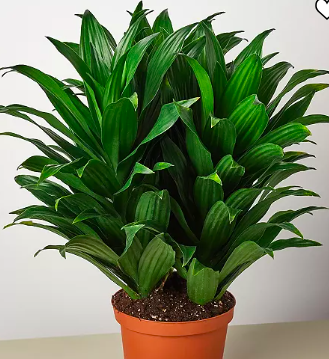
Janet Craig
(Seriously, that’s actually the plant’s name – isn’t there some kind of Plant Committee that vets potential names?) – Apparently loves to be neglected and likes low light situations. My kind of plant!
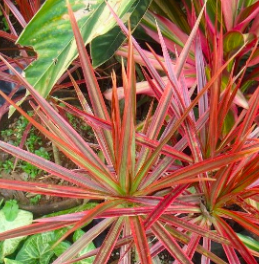
Red Edged Dracaena
You can dry this puppy out as well. Place it in a semi-shaded area and mist the soil with water, don’t drench. Also not a great pet plant.
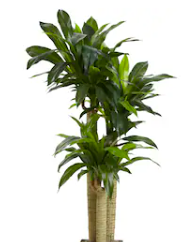
Cornstalk Dracaena
(Again, who comes up with these names??) – It’s known as a drought-tolerant plant that is good for dopes, I mean beginners, but may kill your pets and hungry vegetarians. Place it in a semi-shaded area and mist, don’t drench the soil with water.
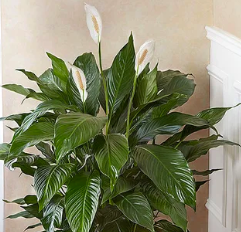
Peace Lily
Effectively removes ammonia, formaldehyde, trichlorobenzene, and benzene from the air. It grows best in shade and with the soil kept moist. Can also be toxic if eaten by children or pets.
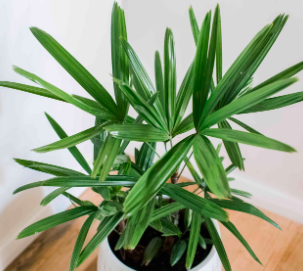
Lady Palm
Effectively removes ammonia, formaldehyde, trichlorobenzene, and benzene from the air. It grows best in shade and One of the best houseplants for cleaning the air. Keep it in a window with indirect light and really SOAK the soil when it dries out.
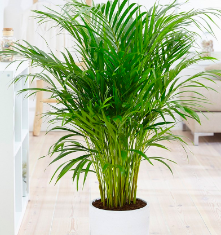
Bamboo Palm
This one grows fast and is safe for children and pets. Prefers indirect sunlight away from any cold drafts. Keep the soil moist and mist its leaves. This is really a lot of work. I barely wash my face at night. Let alone “mist” leaves…
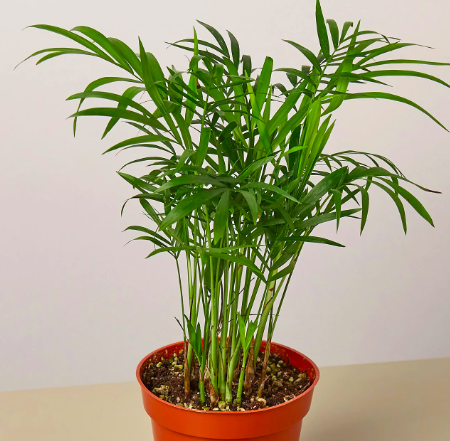
Parlor Palm
A low maintenance plant, it does best in medium to low light and doesn’t need much water. Let the soil dry completely between waterings.
And there you have it…
Get as many as you can tolerate!! The more the merrier. I got the Snake Plant, the Peace Lily and the Parlor Palm. I’m happy to report that I have completely ignored them for two weeks and they are still alive.
Please Share the Health if you liked what you read!!!
For more information about my wellness programs and my practice, check out my website drsadaty.com. Hey Look! You are already here…
Ready for the legal disclaimer? Information offered here is for educational purposes only and does not constitute medical advice. As with any health recommendations, please contact your doctor to be sure any changes you wish to consider are safe for you!

This might be overdoing it…
In this study, the leaves, roots, soil, and associated microorganisms of plants have been evaluated as a possible means of reducing indoor air pollutants. Additionally, a novel approach of using plant systems for removing high concentrations of indoor air pollutants such as cigarette smoke, organic solvents, and possibly radon has been designed from this work. This air filter design combines plants with an activated carbon filter. The rationale for this design, which evolved from wastewater treatment studies, is based on moving large volumes of contaminated air through an activated carbon bed where smoke, organic chemicals, pathogenic microorganisms (if present), and possibly radon are absorbed by the carbon filter. Plant roots and their associated microorganisms then destroy the pathogenic viruses, bacteria, and the organic chemicals, eventually converting all of these air pollutants into new plant tissue. It is believed that the decayed radon products would be taken up the plant roots and retained in the plant tissue.
Read The Study…